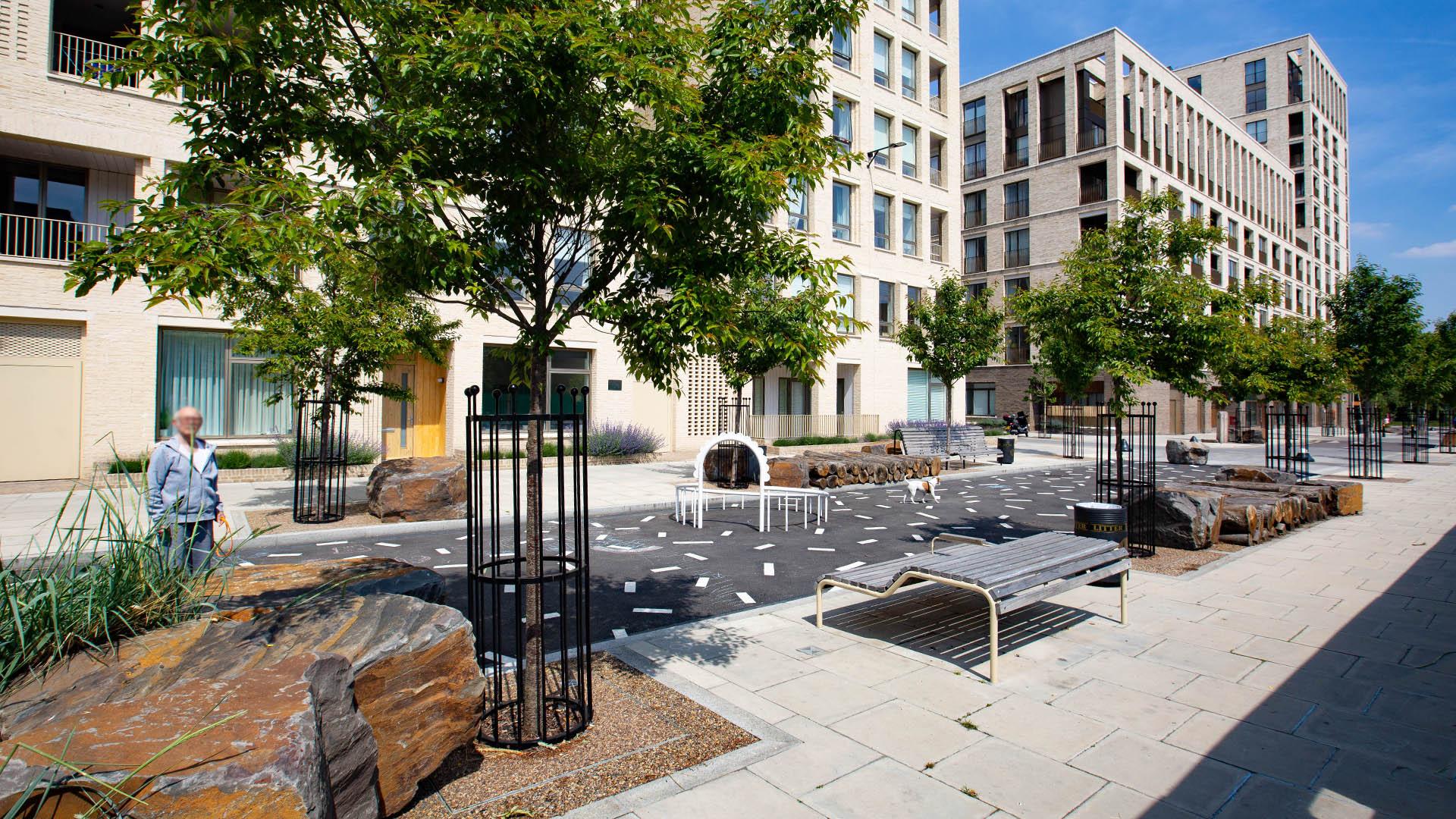The current COVID-19 crisis has helped many of us re-evaluate our priorities; in particular, most of us have really valued our green and open spaces like never before. For the lucky ones of us, extra time spent in our gardens, or in nearby countryside has been enjoyable, especially with the periods of nice weather.
But what about the vast majority of those living in our congested cities? Less than 10% of the population have access to woodland within 500m of their home, and thus parks, open spaces, street trees and community orchards have become vital elements in our armoury against a deterioration in our health, both physical and mental. Doctors prescribe fewer antidepressants in urban areas with more trees on the street and a number of studies showed that nature fosters recovery from mental fatigue and that it has a restorative function. Japan, a highly urbanised nation, has a culture of valuing trees and canopies, and since the 1980’s has promoted the idea of shinrin-yoku, or forest bathing. The practice of immersing oneself in nature has been shown to ease our stress and worry, help us relax and recharge our nervous systems.
 Evidence from estate agents across the UK shows that there is a serious upswing of interest in rural properties. With the advance in technology, the ability to work from home has removed the necessity of being close to the office, and this has been a factor in people moving out. But the main reason that is quoted for the desire for country living is the quality of life and ability to enjoy nature.
Evidence from estate agents across the UK shows that there is a serious upswing of interest in rural properties. With the advance in technology, the ability to work from home has removed the necessity of being close to the office, and this has been a factor in people moving out. But the main reason that is quoted for the desire for country living is the quality of life and ability to enjoy nature.
Innately, as human beings, we know that nature is good for us. But what it is in our green spaces which makes it healthier? Studies have shown that a grassed area is no where near as beneficial as trees and woods, and it is unquestionably larger trees with healthy canopies that bring the greatest benefits.
The exact reasons why trees give us the greatest benefits are not totally clear; it seems that levels of physical activity are higher around trees (great for both physical and mental health), evapo-transpiration brings temperatures down around trees (reducing heat stress), higher levels of bio-diversity (enhancing the restorative experience of being outside, and helping the immunoregulatory benefits of micro-organisms which historically have shaped our immune systems but which have been largely eliminated from our urban environments). Even just the sound of wind in the canopy has a calming effect, distracting us from our current anxieties and problems. Many of us have noticed increased birdsong since lockdown – another therapeutic factor of the great outdoors.
 Interestingly, trees have the ability to help across age groups. Adults aged 65 years old who have better exposure to green infrastructure have lower rates of serious psychological distress, and fascinatingly, teenagers whose brains are still forming seem to gain even more benefit from trees. Long term studies show that more than one in ten teenagers suffer from depression, and this is increasing as our young people spend more and more time indoors.
Interestingly, trees have the ability to help across age groups. Adults aged 65 years old who have better exposure to green infrastructure have lower rates of serious psychological distress, and fascinatingly, teenagers whose brains are still forming seem to gain even more benefit from trees. Long term studies show that more than one in ten teenagers suffer from depression, and this is increasing as our young people spend more and more time indoors.
 In conclusion, increasing our urban tree canopy cover is a cost-effective method of helping our urban mental health crisis. It has been estimated that for every £1 spent on greening our towns and cities, more than £6 is returned in health benefits; on top of this there are the other amazing attributes of healthy urban trees – air quality improvements, storm water interception, heat island mitigation, increased bio-diversity and increased property values.
In conclusion, increasing our urban tree canopy cover is a cost-effective method of helping our urban mental health crisis. It has been estimated that for every £1 spent on greening our towns and cities, more than £6 is returned in health benefits; on top of this there are the other amazing attributes of healthy urban trees – air quality improvements, storm water interception, heat island mitigation, increased bio-diversity and increased property values.
Resolving mental health issues is not just a walk in the park, but planting more trees properly, enabling them to establish and grow to species potential will help future generations remain resilient to the ever present challenges of urban living.

